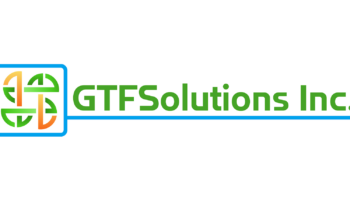In the dynamic world of online advertising, staying ahead of the curve is pivotal. Mark Huntley, a seasoned expert from San Diego, California, sheds light on the transformative changes in Google’s Search Engine Results Page (SERP) and its profound implications for the future of online advertising.
Google SERP Changes 2024: Explaining the New Reality of Organic Search Traffic
The New Reality of Organic Search Traffic
Traditionally, Google’s SERP was a straightforward battleground for visibility: a mix of pay-per-click ads followed by ten organic search results. This format provided a clear path for attaining traffic and visibility. However, recent shifts have altered this landscape fundamentally. Google has introduced features like Knowledge Panels, People Also Ask boxes, Top Stories, and more, significantly expanding the area above the fold. These changes mean that the top organic result, once the king of visibility, now finds itself buried beneath a heap of Google-curated content. For high-value keywords, users encounter up to 15 different Google feature options before seeing the first organic result.
Driving Traffic Using Google SERP Tool Features
The Transformation of Google SERP
Google’s SERP evolution reflects a shift from a simple list of links to a more complex and rich information source. Early Google SERP was straightforward: ten blue links representing organic search results. This simplicity gave way to features enhancing user experience, such as Google Ads and local packs. However, the pace of change has accelerated recently, with AI-generated results, Knowledge Panels, and various interactive features becoming prominent. These features, while enhancing the user experience, overshadow organic results, pushing them below the fold and making them less visible.
Impact on Organic Search Clicks
This transformation has significantly impacted the likelihood of users clicking on organic results. Studies show that the majority of SERP features exhibit a negative correlation with organic click-through rates (CTR). With these features often pushing organic results below the fold, businesses face new challenges in garnering visibility. For instance, a search for “best running shoes” might display shopping ads, a knowledge panel, and a video carousel, relegating the top organic result to a lower position on the page, thereby reducing its CTR.
Identifying High-Risk Keywords in Online Advertising
In the online advertising arena, certain keywords have become high-risk due to their likelihood of triggering SERP features. Queries like “best investment apps” or “how to invest” bring up Quick Answers and People Also Ask features, overshadowing organic listings. Understanding the type of query and search intent is crucial for advertisers in this new SERP environment.
Strategies for Adapting to the New SERP Landscape
Adapting to these changes requires a multifaceted approach. First, focusing on search intent and aligning content closely with it is essential. Implementing structured data can help in appearing in rich snippets or knowledge panels. Additionally, targeting People Also Ask, leveraging local SEO, and enhancing visual content can enhance visibility in the new SERP layout.
The Role of Alternative Platforms and Channels
In light of these changes, alternative platforms and channels have become more important. Social media integration, content diversification, community engagement, and email marketing are effective strategies for driving traffic in the face of evolving search engine dynamics.
Predictions for the Future of Online Advertising
As Google continues to integrate AI and machine learning, advertisers can expect more dynamic and personalized SERPs. This evolution will likely emphasize semantic search, understanding the context and intent behind queries. Advertisers will need to focus more on user intent, user experience, and behavior analysis.
Conclusion
Mark Huntley’s insights into Google’s SERP changes underscore a pivotal moment for online advertising. The transformation presents both challenges and opportunities. While the visibility of organic results has decreased, new avenues for visibility through SERP features and alternative platforms have emerged. Adapting to this landscape requires agility, a deep understanding of user behavior, and an openness to embracing new technologies and strategies. As the digital ecosystem continues to evolve, so too must the strategies of online advertisers who wish to thrive in this dynamic environment.



